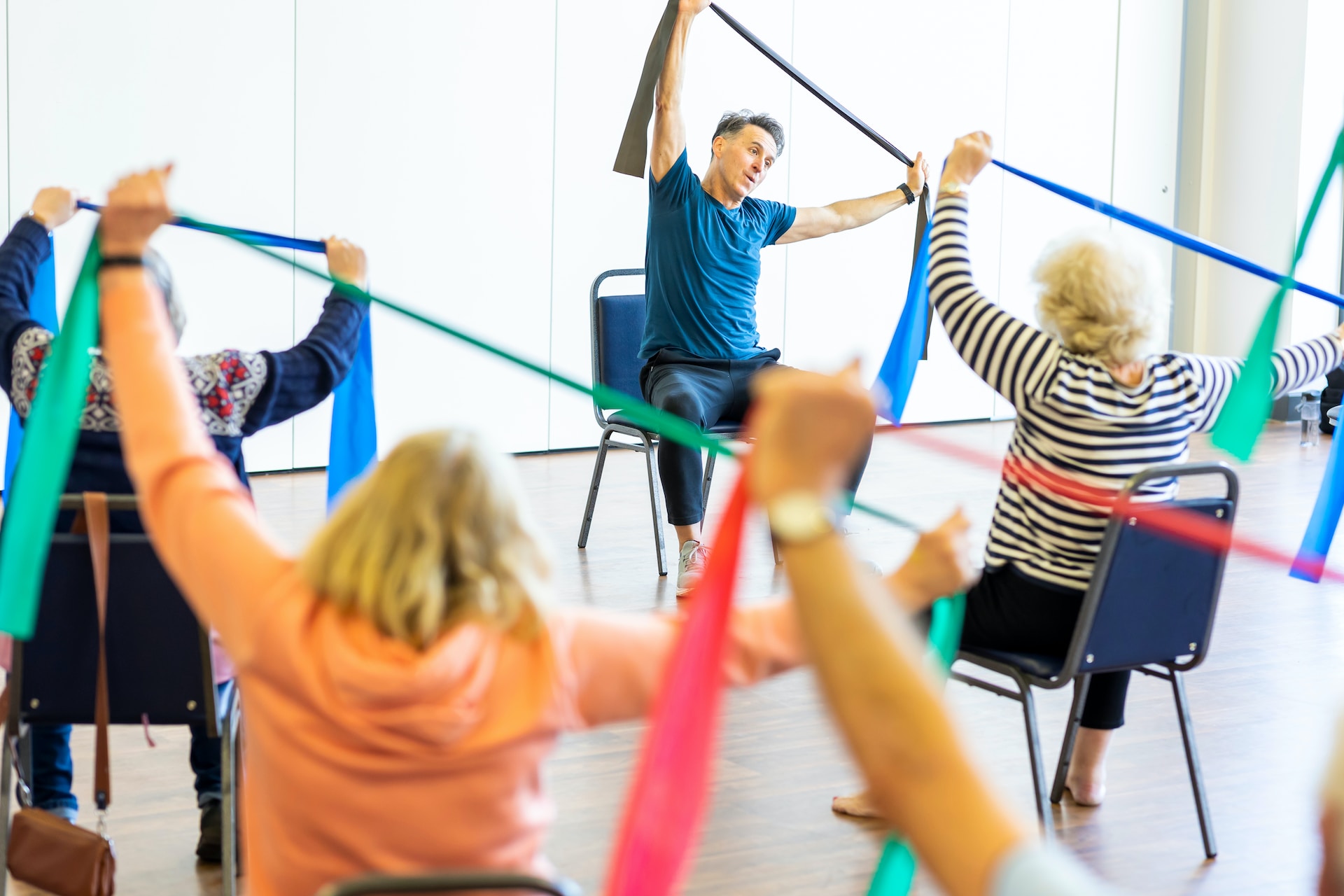Maintaining an active lifestyle is crucial for overall well-being, and exercise plays a pivotal role in achieving and sustaining good health. However, as we progress through different life stages, our bodies and fitness needs change. What may have worked in our 20s may not be suitable or effective in our 40s or beyond. Tailoring workouts to suit our specific life stages ensures that we stay fit, healthy, and injury-free. In this blog post, we will explore how to customize workouts for different life stages and optimize our fitness routines accordingly.
The Young Adult Stage (20s and 30s)
The young adult stage is a time when most individuals are at their physical peak. Energy levels are high, recovery is quick, and the body is generally more resilient. This is an opportune time to establish a strong fitness foundation. Here are a few key considerations:
- Varied Training: Incorporate a mix of cardiovascular exercises (such as running, swimming, or cycling) and strength training to build endurance, muscular strength, and bone density.
- Skill Development: Experiment with different physical activities, sports, or hobbies to enhance coordination, balance, and overall body control.
- Injury Prevention: Prioritize proper warm-up routines and cool-down stretches to minimize the risk of injuries. Pay attention to form and technique when lifting weights or performing high-intensity exercises.
- Social Interaction: Join group fitness classes or sports teams to foster social connections and maintain motivation.
The Midlife Stage (40s and 50s)
As we enter our 40s and 50s, our bodies undergo significant changes. Hormonal shifts, metabolism slowdown, and a natural decline in muscle mass make exercise even more important for maintaining overall health. Here’s how to adapt workouts during this life stage:
- Strength Training: Focus on resistance training to counteract muscle loss, increase bone density, and improve metabolism. Include compound exercises that target multiple muscle groups.
- Flexibility and Mobility: Incorporate yoga, regular stretching, or Pilates to maintain flexibility, joint health, and mobility.
- Cardiovascular Fitness: Engage in aerobic exercises like brisk walking, swimming, or cycling to improve heart health, manage weight, and boost energy levels.
- Recovery and Rest: Allow ample time for recovery between workouts to avoid overuse injuries. Incorporate rest days and prioritize quality sleep for optimal recovery.
The Golden Years (60s and beyond)
As we enter our golden years, exercise becomes even more critical for maintaining independence, reducing the risk of chronic diseases, and enhancing overall well-being. Here’s how to adapt workouts during this life stage:
- Low-Impact Exercises: Choose low-impact activities like walking, gentle swimming, or cycling to protect joints while maintaining cardiovascular fitness.
- Strength and Balance: Include strength exercises using resistance bands or light weights to preserve muscle mass and improve balance, reducing the risk of falls.
- Functional Training: Focus on exercises that improve daily functional movements, such as squatting, reaching, and lifting, to enhance overall mobility and independence.
- Flexibility and Stretching: Dedicate time to regular stretching and flexibility exercises to maintain joint range of motion and prevent stiffness.
- Regular Health Check-ups: Prioritize regular medical check-ups to monitor any health conditions and seek professional guidance on exercise modifications if needed.
Conclusion
Adapting our workouts to suit different life stages is essential for maximizing the benefits of exercise while minimizing the risk of injury. The key lies in recognizing the changing needs of our bodies as we age and making appropriate adjustments to our fitness routines. By tailoring workouts to our specific life stages, we can stay fit, healthy, and active throughout our lives. Remember, it’s never too late to start, and small steps towards fitness can have a significant impact on our overall well-being.
